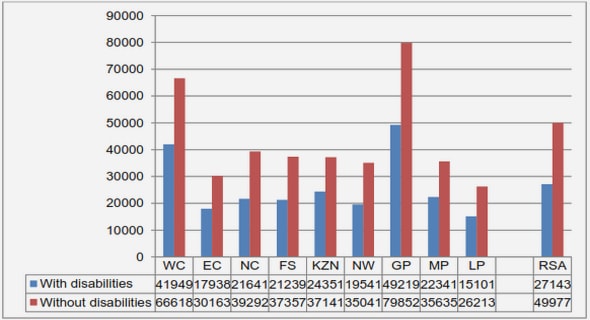(Downloads - 0)
For more info about our services contact : help@bestpfe.com
Table of contents
I Quantum reflection on the Casimir-Polder potential
I.1 Quantum reflection
I.1.a Definition
I.1.b Helmholtz and Schrödinger equations
I.1.c The WKB approximation
I.1.d Badlands
I.1.e Reflection amplitude
I.1.f Scattering matrix
I.1.g Reciprocity theorem
I.1.h Scattering length
I.2 Liouville transformation of the Schrödinger equation
I.2.a Liouville transformation group
I.2.b Liouville transformations for the V4 potential
I.2.c Analytical solution with Mathieu coordinates
I.2.d WKB phase: badlands
I.3 Quantum reflection on liquid helium bulk
I.3.a Casimir interaction
I.3.b Casimir-Polder interaction
I.3.c Casimir-Polder potential for a liquid helium bulk
I.3.d Quantum reflection on liquid helium bulk
I.4 Quantum reflection on liquid helium film
I.4.a Casimir-Polder potential dependence on film thicknesses
I.4.b Scattering length oscillations
I.4.c Shape resonance
II Casimir-Polder shifts on quantum levitation states
II.1 Gravitational quantum states
II.1.a Quantum bouncers
II.1.b Airy functions
II.1.c Quantization of gravitational bound states
II.1.d Scattering length approximation
II.2 Improved effective range theory
II.2.a Effective range theory for the V4 potential
II.2.b Effective range theory for a potential with a V4 tail
II.2.c Necessity of a new effective range theory
II.2.d V3 tail
II.2.e Scattering matrix composition
II.2.f Derivation of A˜
II.2.g Advantages of the new effective range theory
II.3 Liouville-Langer transformation
II.3.a Turning point
II.3.b Langer coordinates
II.3.c Transformed potential landscape
II.4 Quantum levitation states
II.4.a Fabry-Perot cavity
II.4.b Round-trip factor: numerical analysis
II.4.c Round-trip factor: analytical expression
II.4.d Complex Casimir-Polder shifts
III Quantum interferences of gravitational quantum states
III.1 Free fall of a matter wave
III.1.a Description of the free fall timing experiment
III.1.b Time evolution of the wavefunction
III.1.c Wigner function
III.1.d Current on the detector
III.2 Estimation of the uncertainty
III.2.a Classical time uncertainty
III.2.b Uncertainty estimation from the probability current distribution
III.2.c Monte-Carlo simulation
III.2.d Cramer-Rao lower bound
III.3 Interferences of gravitational quantum states
III.3.a Experimental setup
III.3.b Interferences above mirror
III.3.c Interference pattern on the detector
III.3.d Uncertainty estimation
IV Casimir-Polder fluctuations
IV.1 Mean Casimir-Polder potential
IV.1.a Qualitative description of the interaction between an atom and a metallic medium
IV.1.b Green tensor of the Helmholtz equation
IV.1.c Fresnel coefficients
IV.1.d Drude vs plasma puzzle
IV.2 Fluctuations of the Casimir-Polder potential
IV.2.a General expression of fluctuations
IV.2.b Correlations in metal
IV.2.c Magnitude of the fluctuations
IV.2.d Asymptotic behavior of fluctuations
IV.2.e Possibility of an experimental test
IV.3 Effect of the temperature
IV.3.a Casimir-Polder potential at finite temperature
IV.3.b Fluctuations of the potential at finite temperature
Conclusion and perspectives



